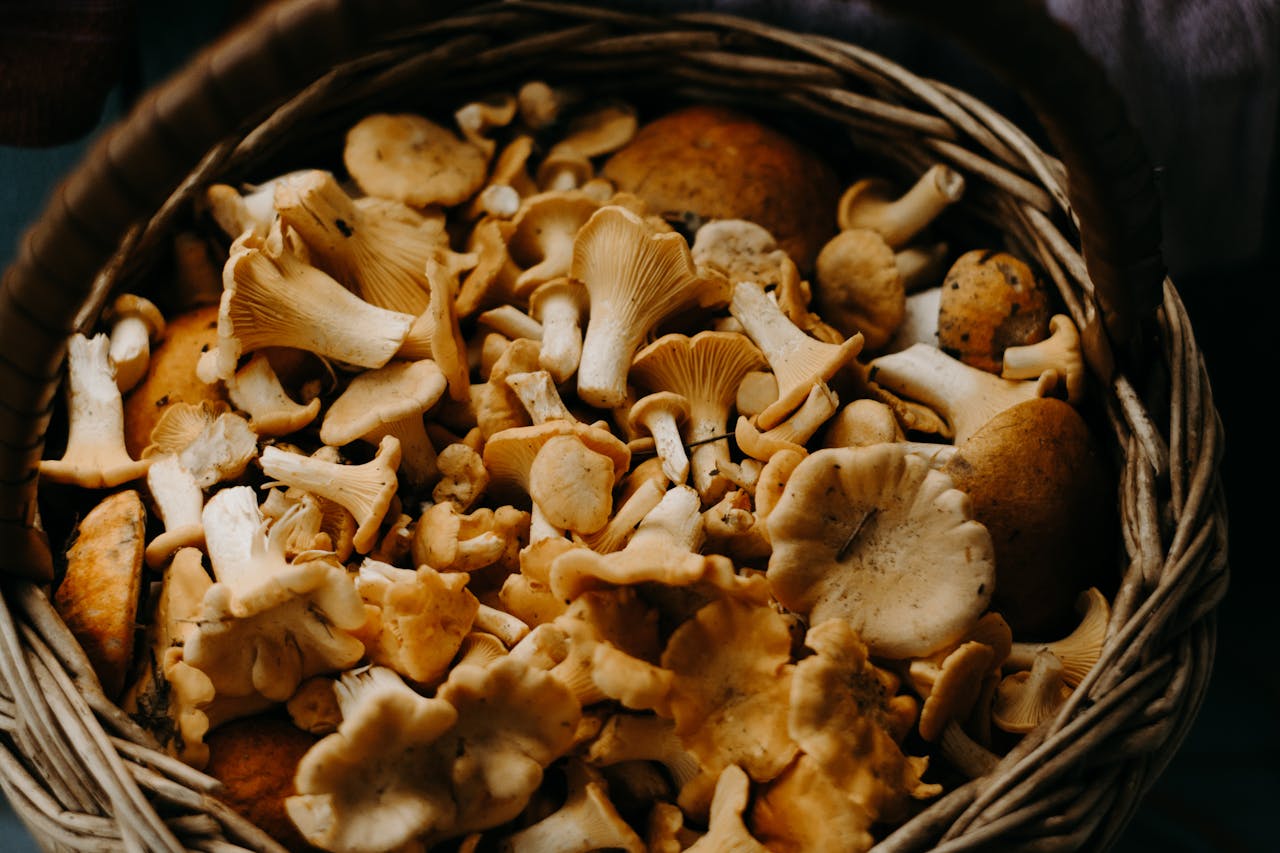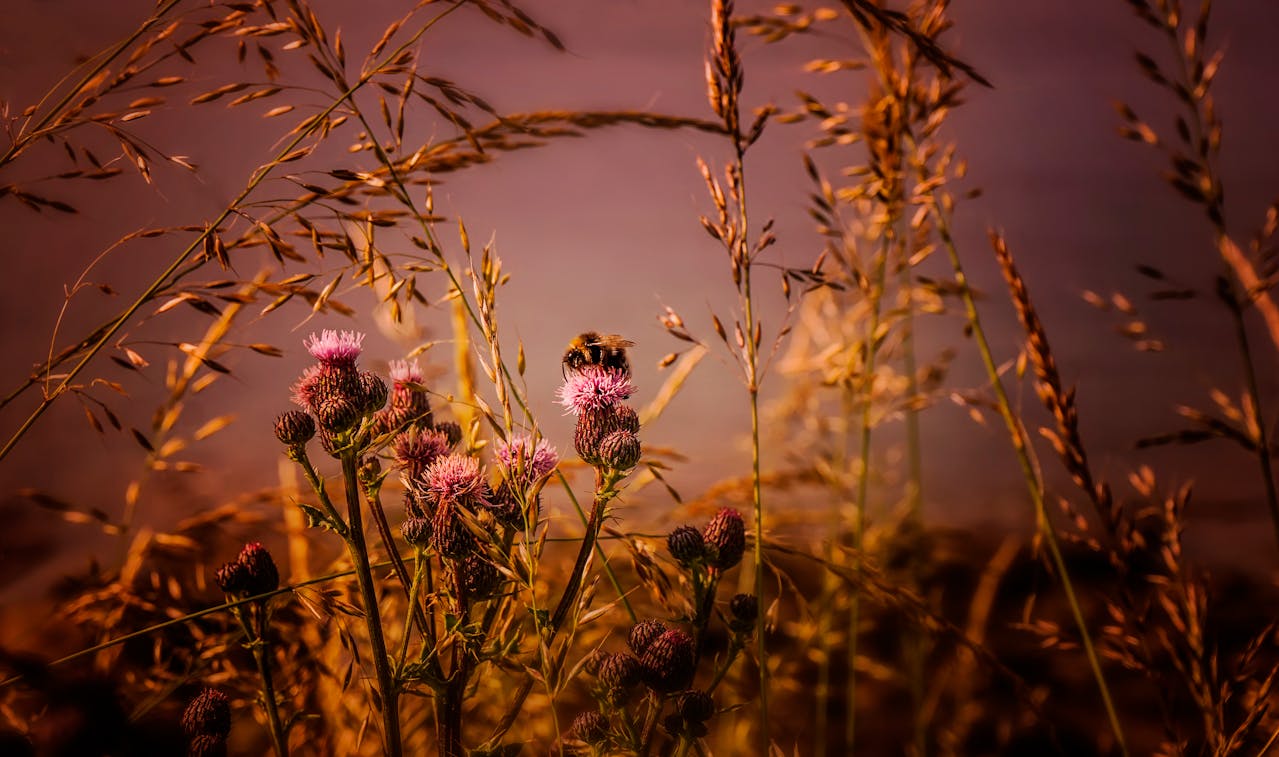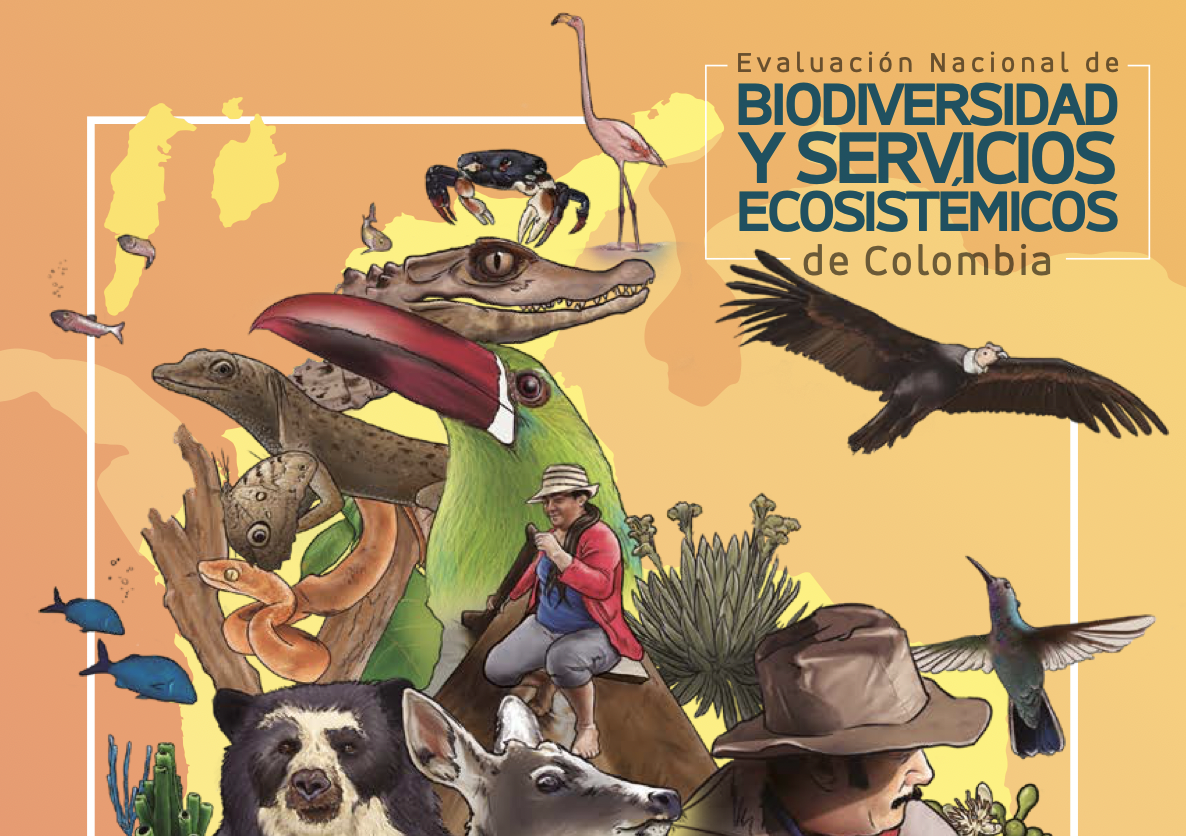Floral deception has been observed in several genera in angiosperms but is most common in the Orchidaceae. Pollination mechanisms in food deceptive plants are often di cult to assess, as visitation frequency by insects requires numerous hours of field observations to ascertain. Here, for the first time, we describe in detail and validate a simple and effective method that extends previous approaches to increase the effectiveness of pollination studies of food deceptive orchids. We used an orchid of southwest Australia, Diuris brumal (Orchidaceae), that visually mimics model plants belonging to the genus Daviesia (Faboideae). Arrays of orchid flowers were placed and moved systematically in proximity to model plants, resulting in the rapid attraction of the pollinators of D. brumalis.We compared pollinaria removal (as an indicator of pollination success) in naturally growing orchids with pollinaria removal in arrays of orchid flowers in the same sites. We showed that the proposed method greatly enhances pollinator attractiveness in food deceptive systems with very low pollination rates, and we compared its e ciency with other similar methods. The approach can be used for observing pollinator behavioral patterns and confirming effective pollinators for food deceptive species with low insect visitation rates.
Rotating arrays of orchid flowers: A simple and effective method for studying pollination in food deceptive plants
Year: 2020

































































































































































































































































































































































































































































































































































































































































































































































































































































































































































































































